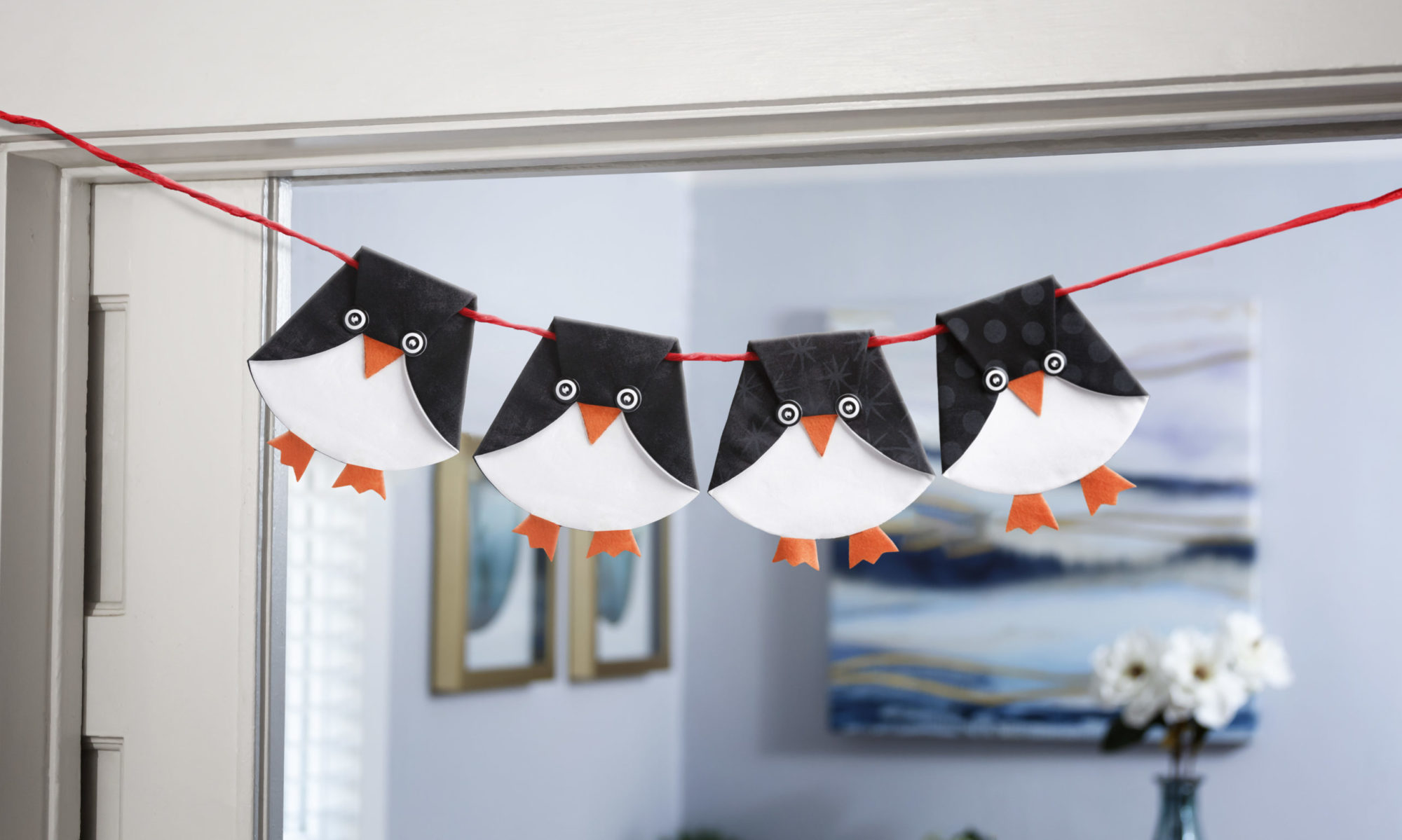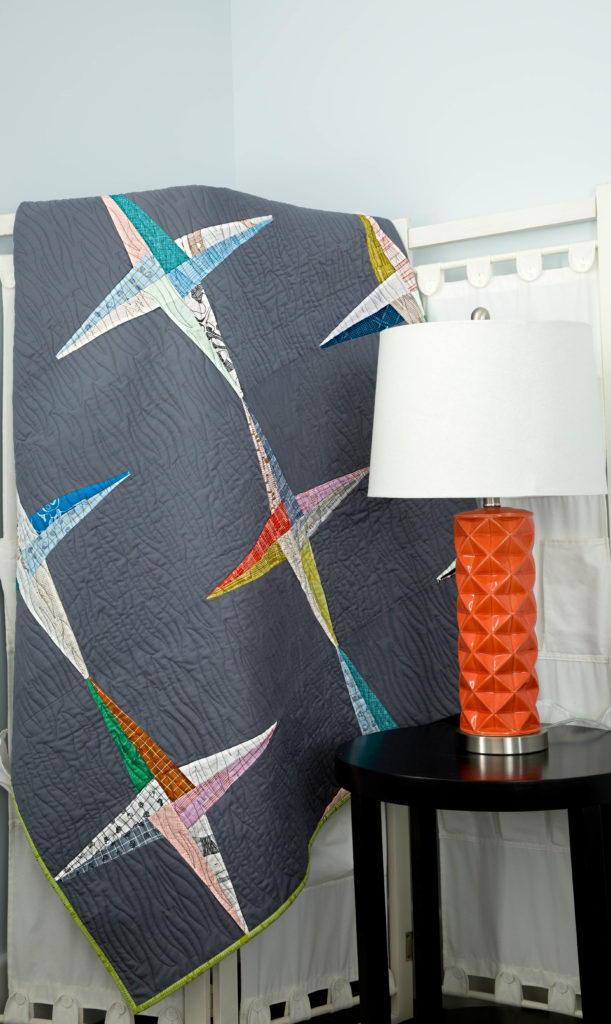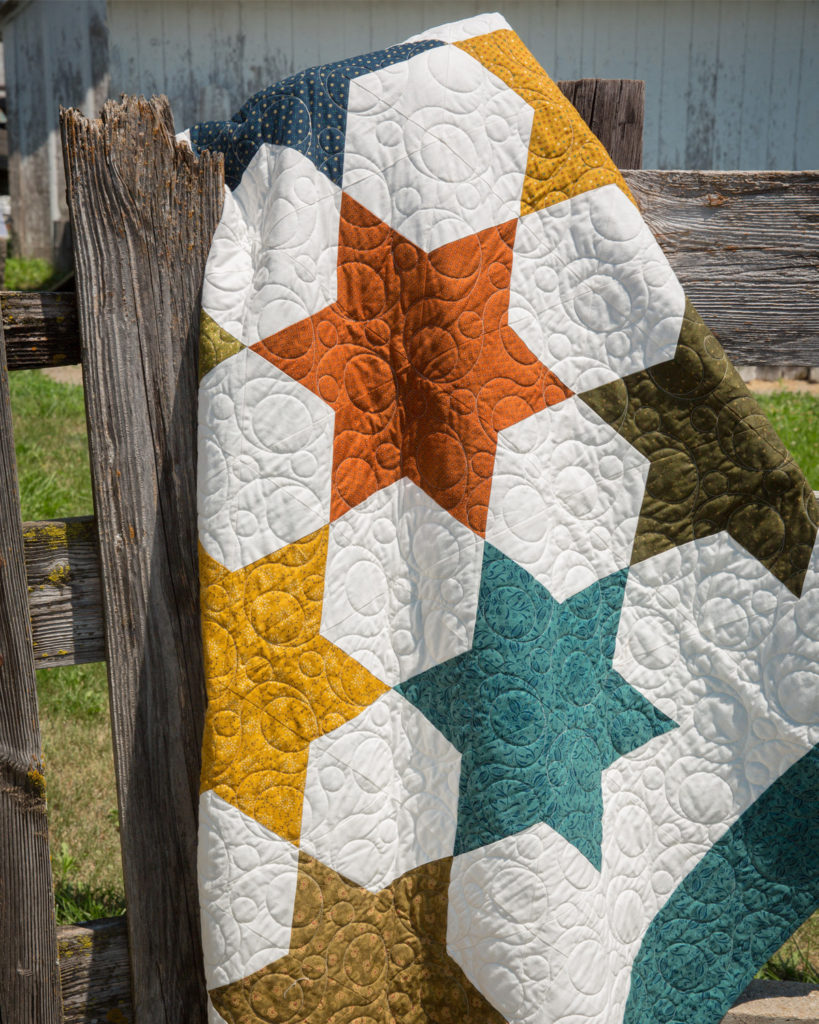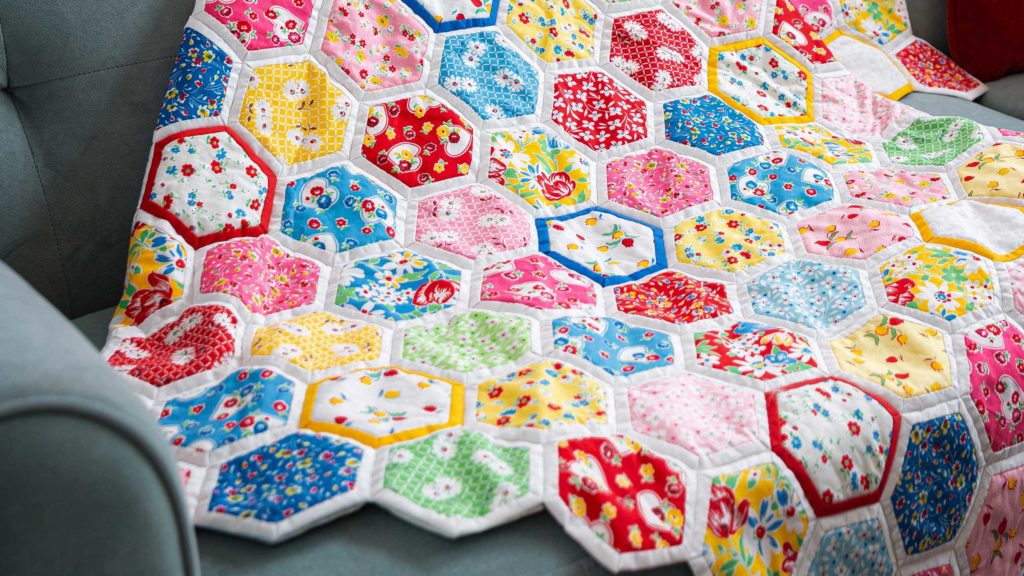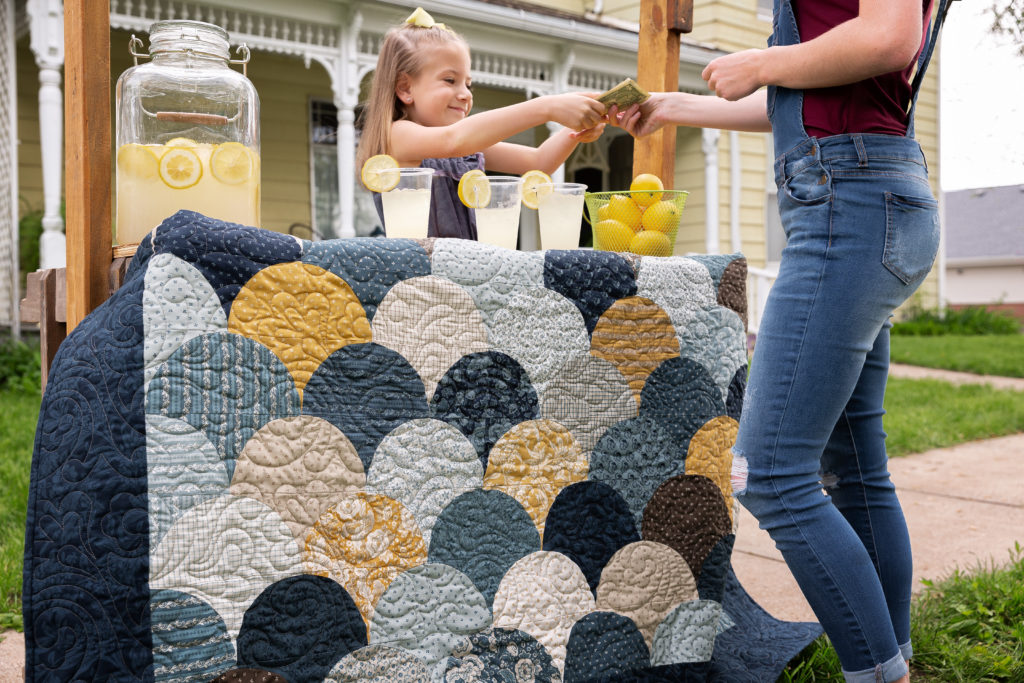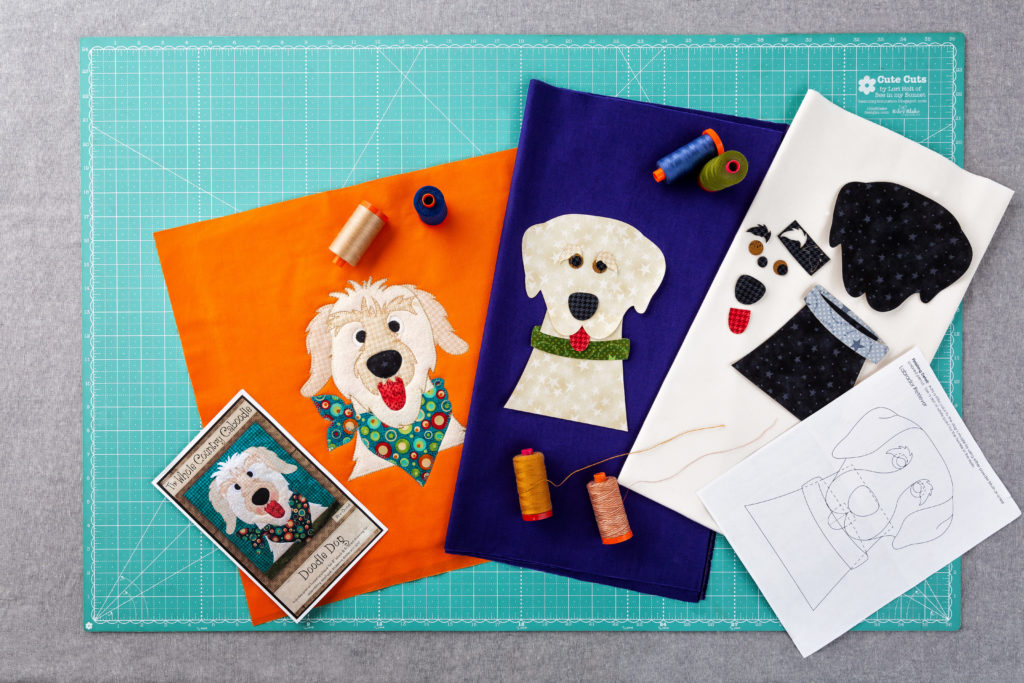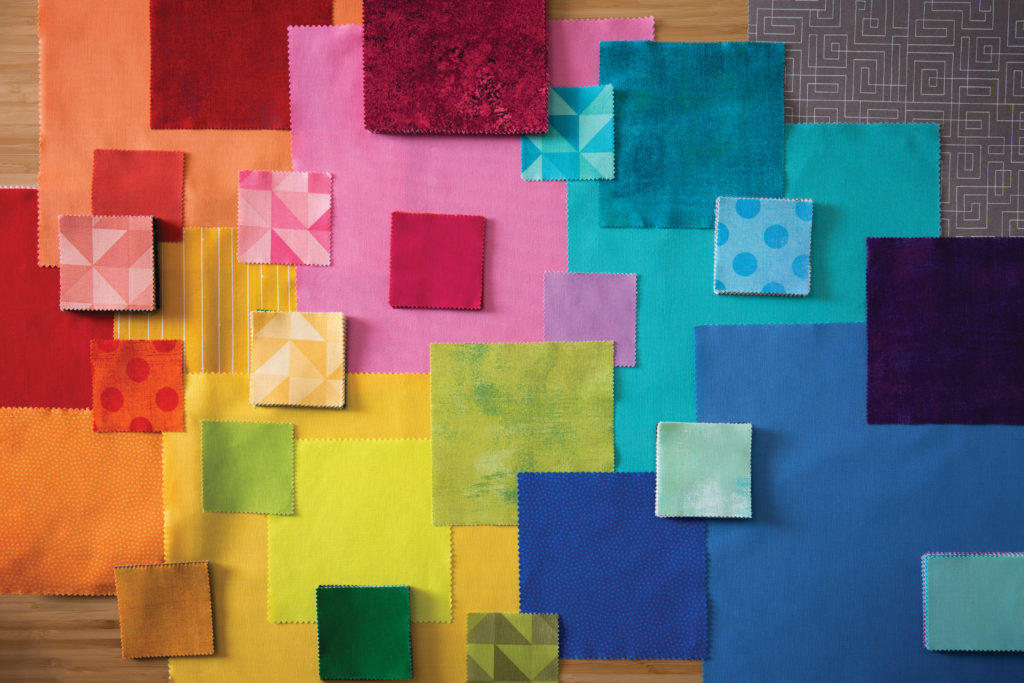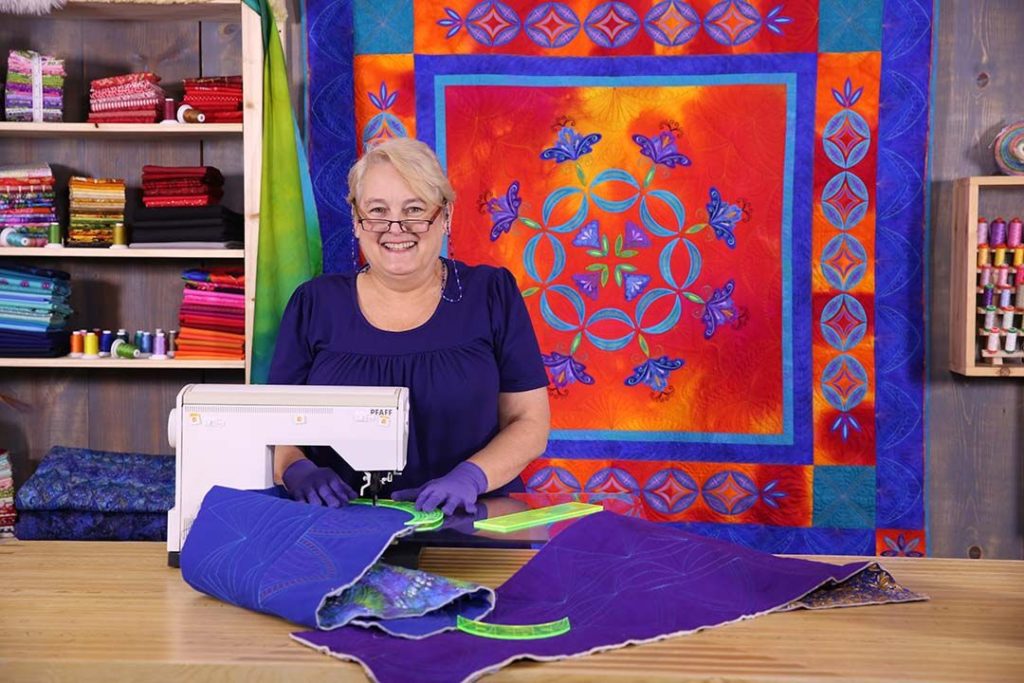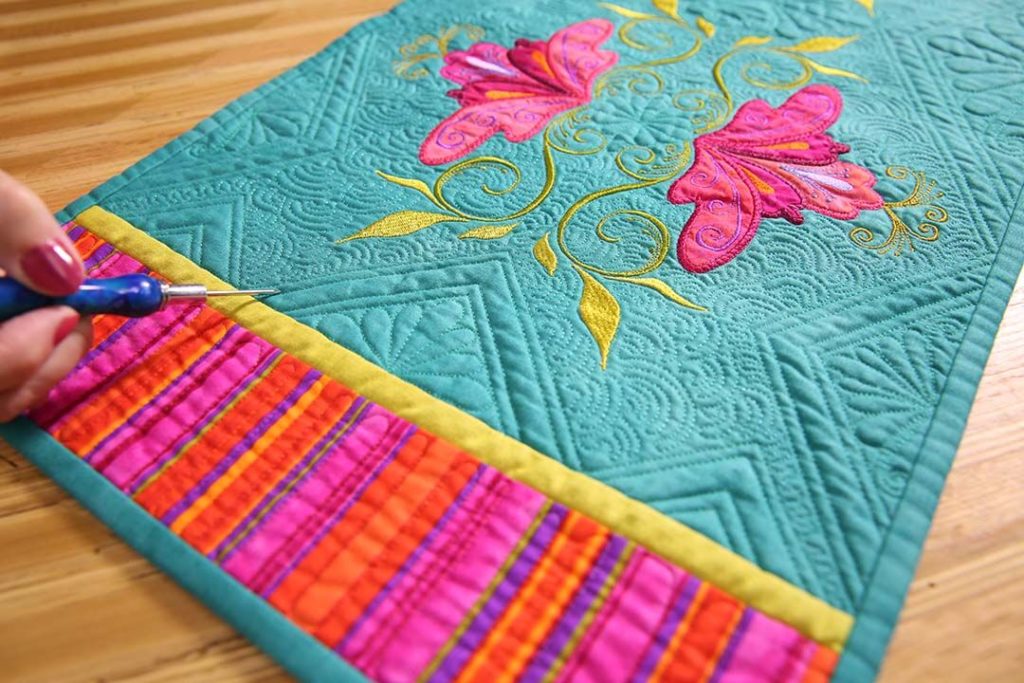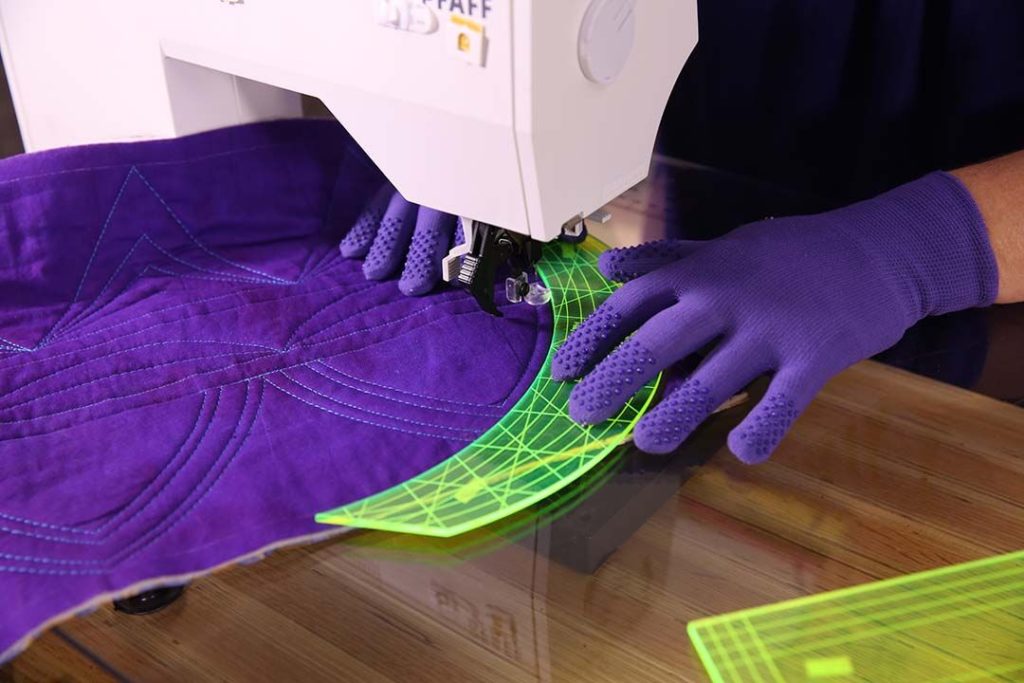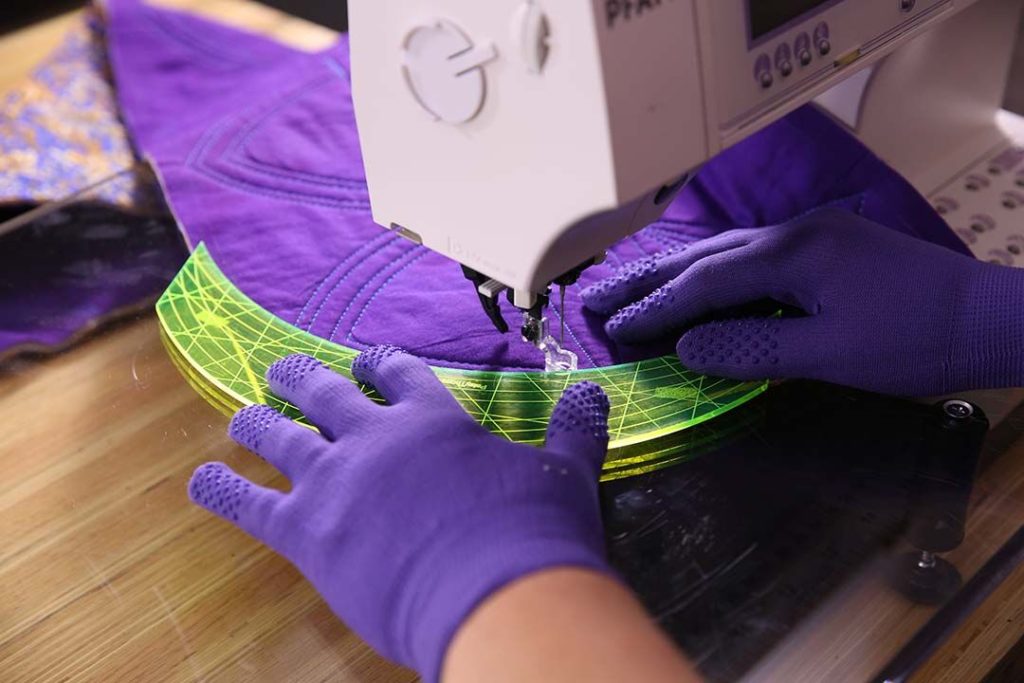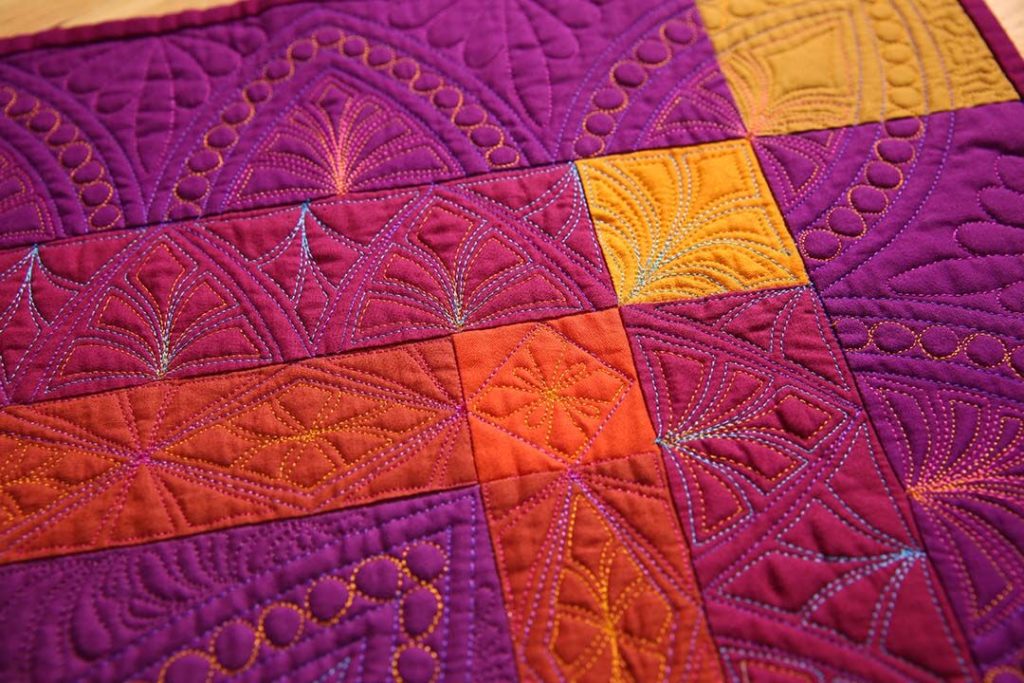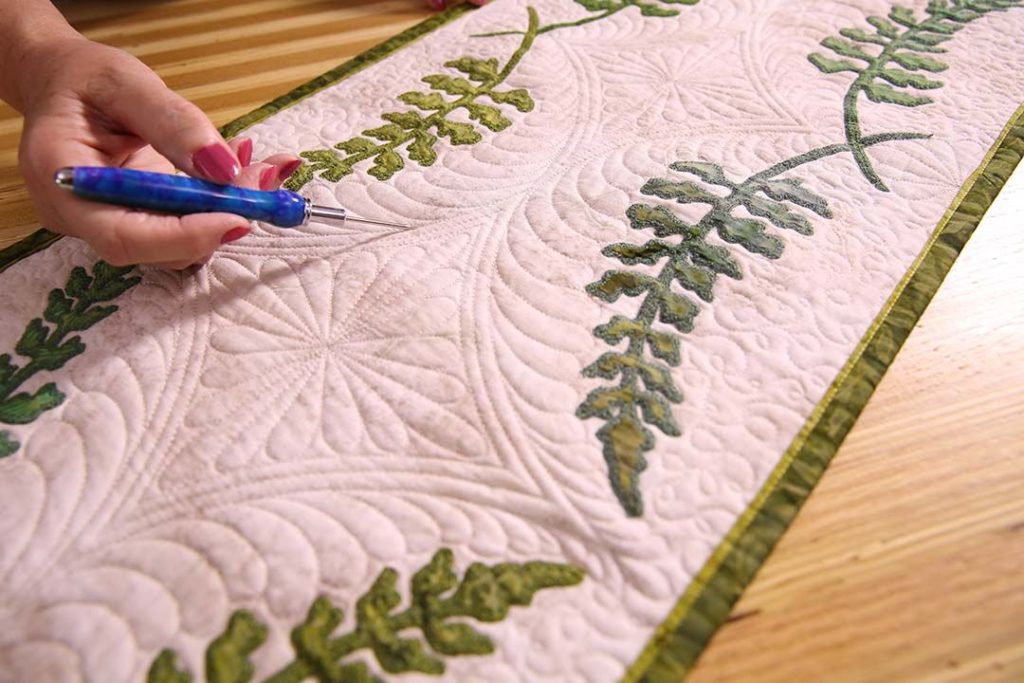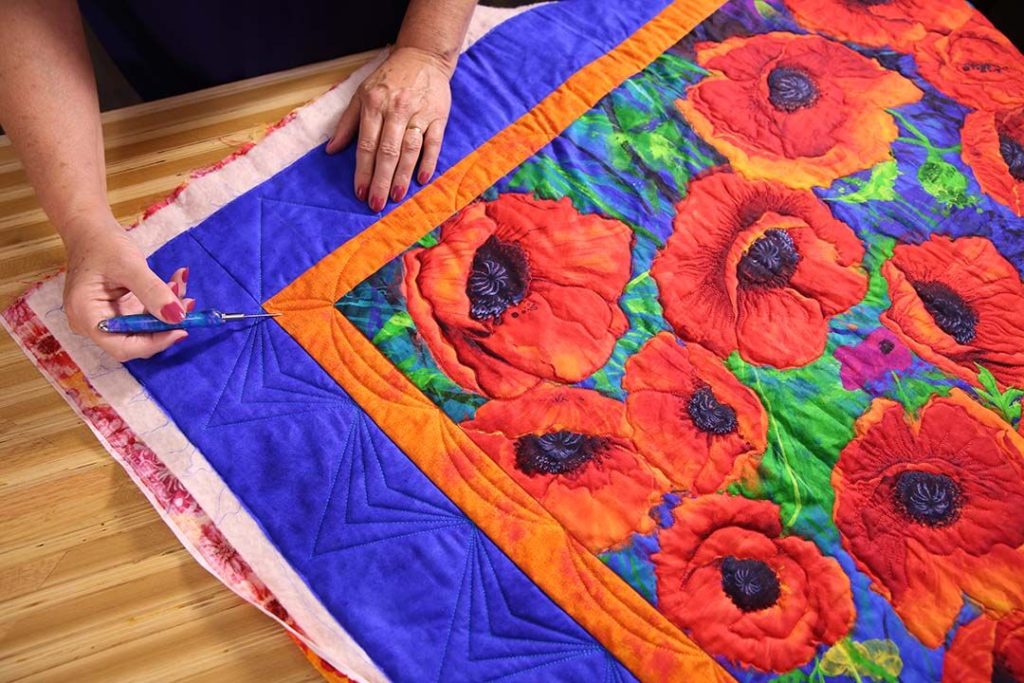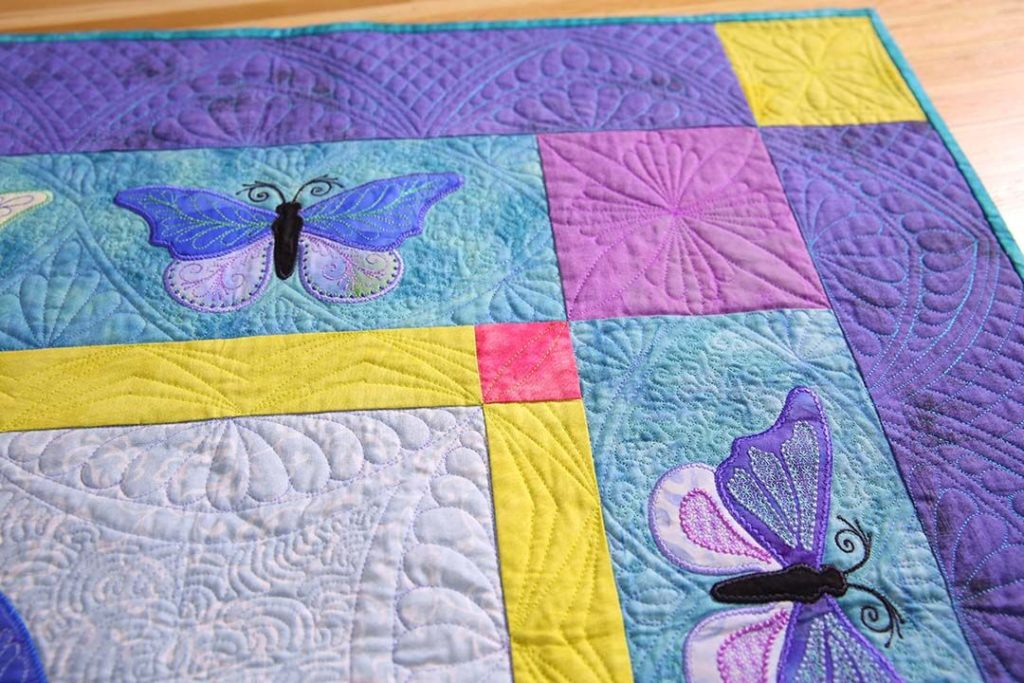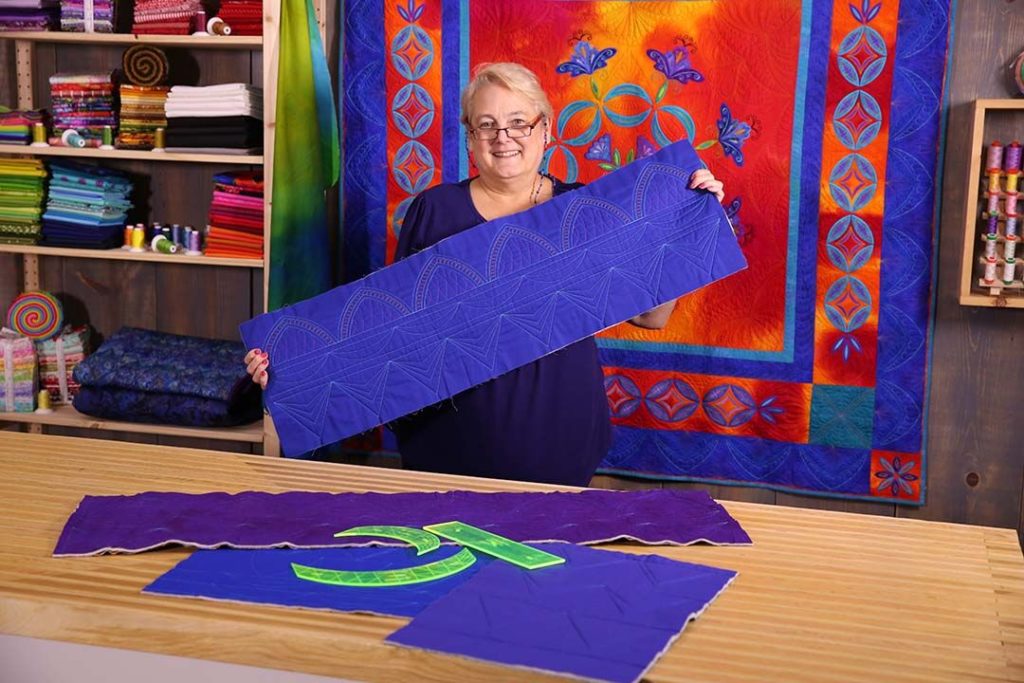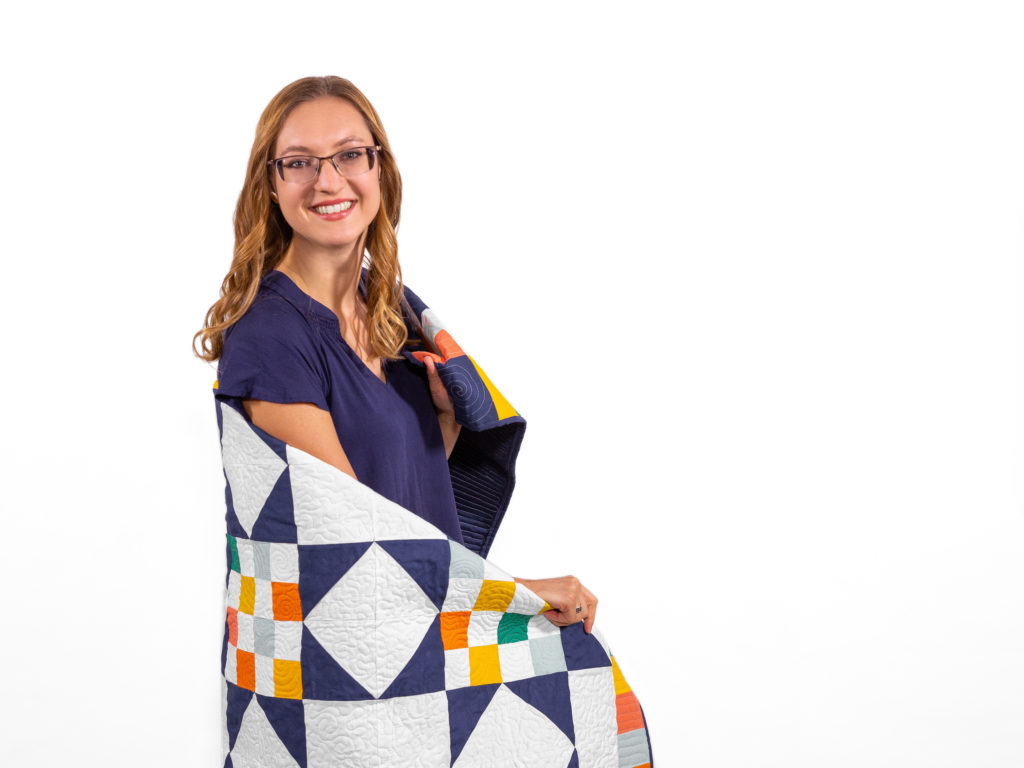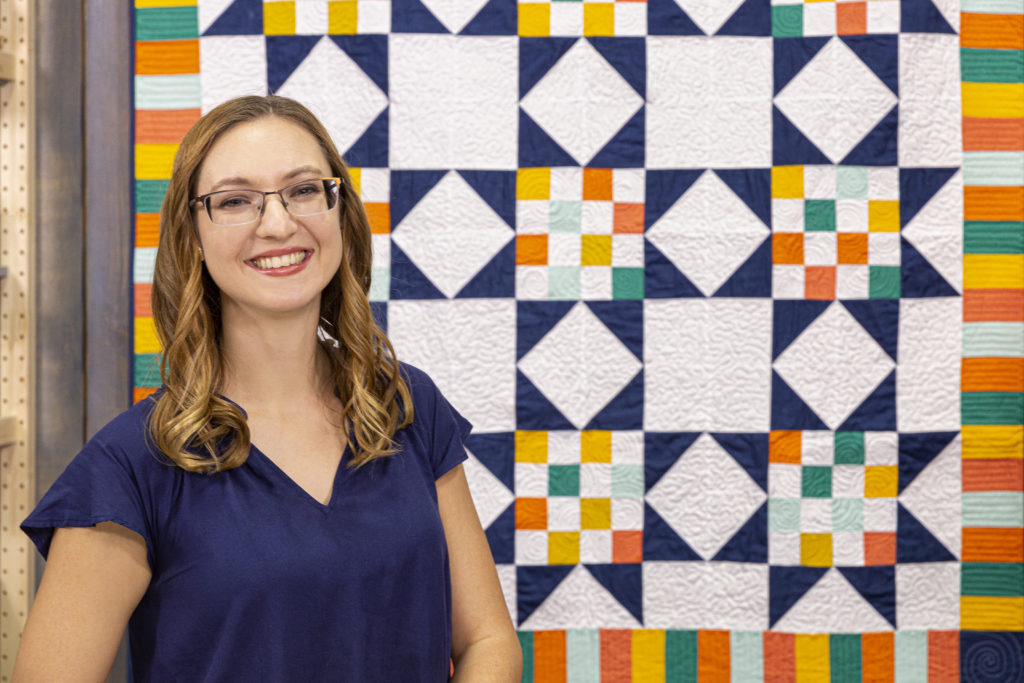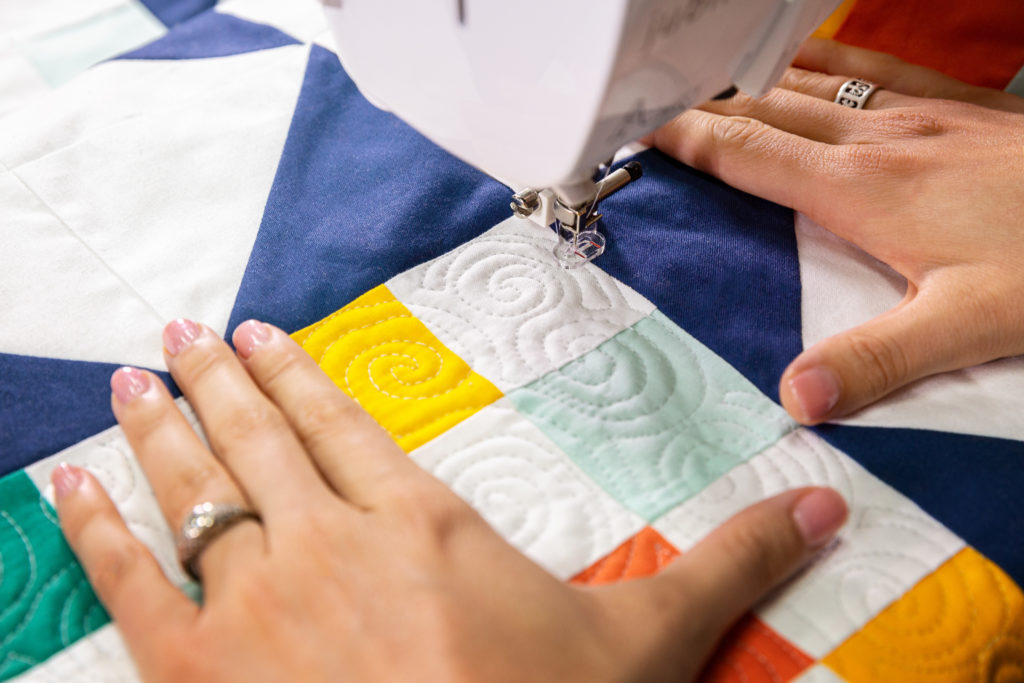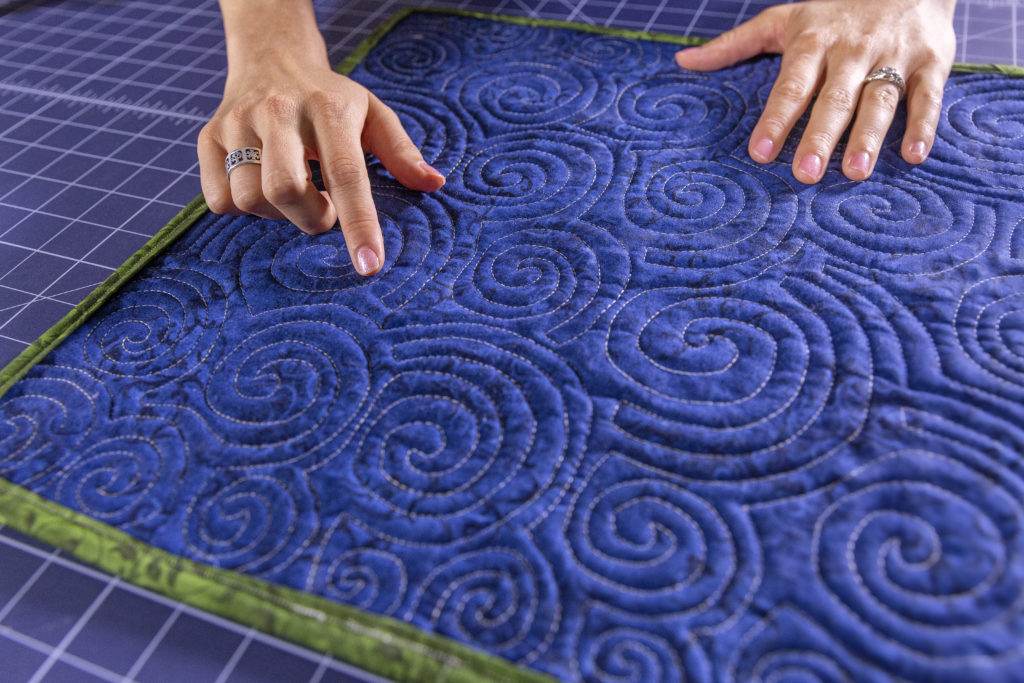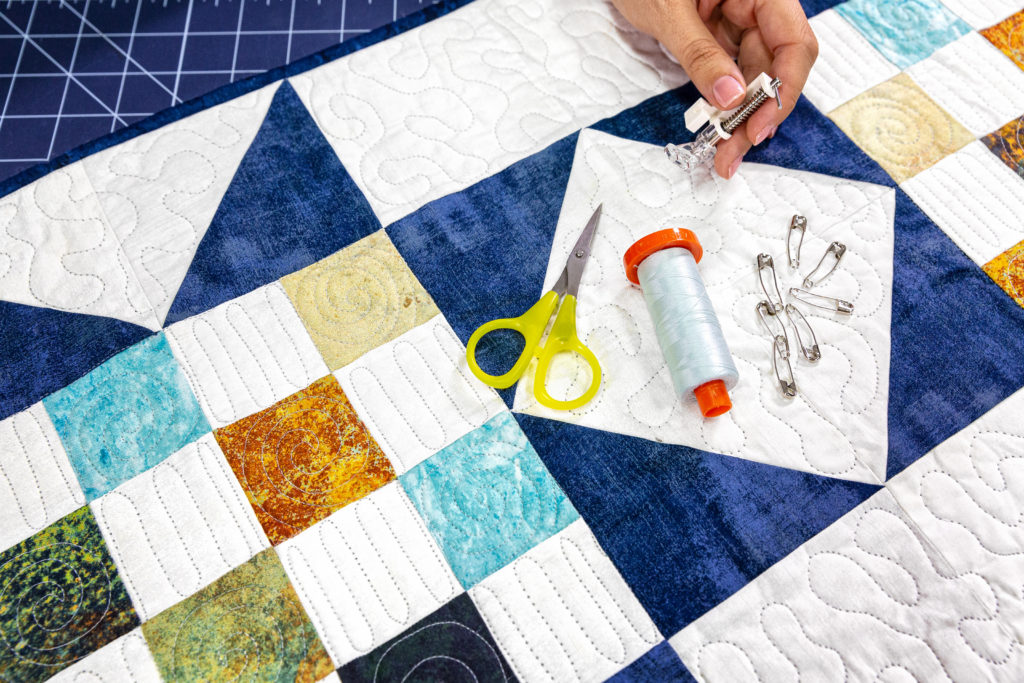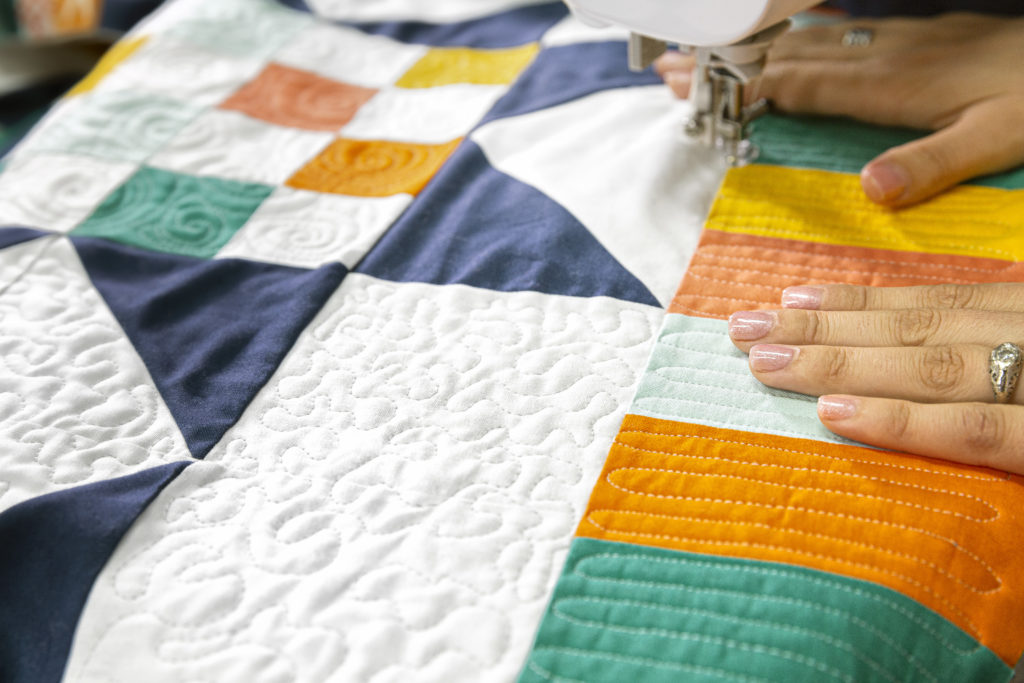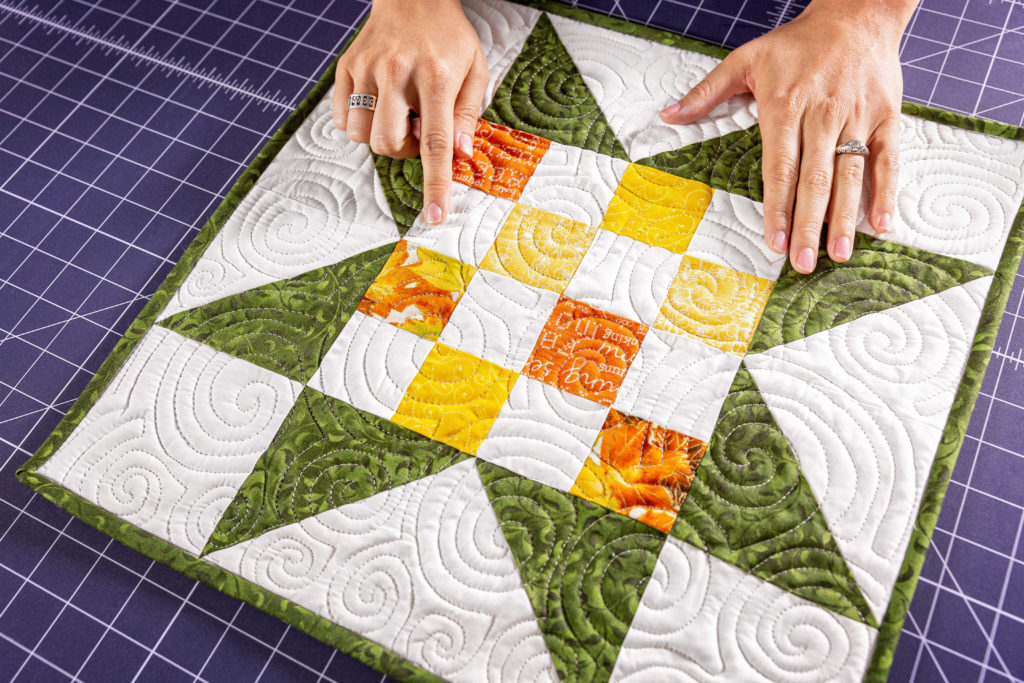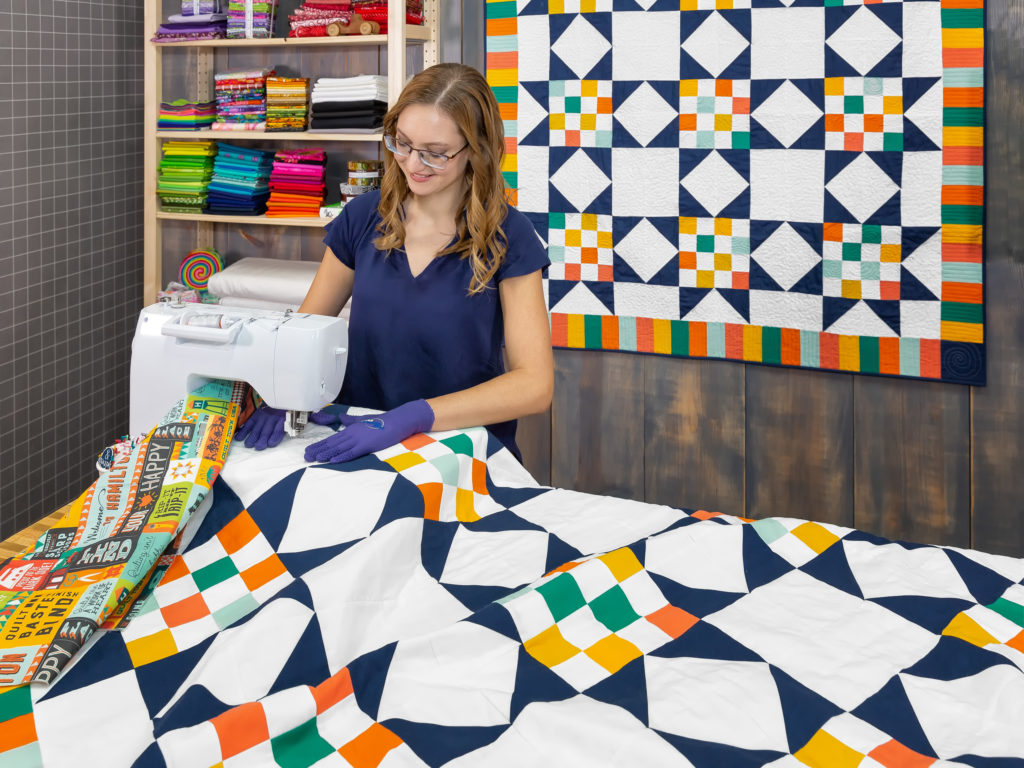What are fellow quilters making? Why are these designs and fabrics so popular? Are these trends new or are traditional styles making a comeback?
Don’t worry, we’ve found the answers. We’ve taken a close look into the world of quilting to find out what’s trending. Here are are the top five:
1. Stars
From Memorial Day to Veterans Day, a star quilt can find itself taking center stage all throughout the year and when we aren’t stocked up on red, white, and blue; quilters find stars to be quite innovative. Five points or ten, stars can be adjusted to fit any style from traditional to modern. Thus, the trendy star takes the cake.
Shoot for the stars with this hot trend!
Shop star-themed patterns and let your work shine!
Find fabrics filled with stars big and small.
Pick up something sweet for yourself and fit for a quilter – because you’re a STAR!
2. Hexagons
Hexagons are as old as time – well, as old at 1770 from what we can find in written quilt history. Over the years, quilters have transformed the way we create hexagons and with English paper piecing, fussy cutting, and quilt-as-you-go projects, today’s hexagon quilts are full of unique possibilities.
We’ll put a hex on you with these amazing hexagon items, but don’t worry, this is one spell you won’t want to break:
Hexi Precuts are flying off the shelves! Get them while you can!
Grab the templates you need to create amazing hexagon designs.
Find a new project with these popular hexagon patterns.
3. Curves
Everyone knows quilters are resilient so what do we do when life throws us a curve ball? We make a quilt! Lately, sewists are embracing the challenges that curves bring, and becoming more confident in piecing them together.
Start conquering your own curves with these ideas:
Make an Easy Clamshell (shown above).
Find your way with the Courtyard Path.
Let your curves run wild with the Drunkard’s Path Template.
Need a little help? Take our Piecing Curves with Confidence online class!
4. Appliqué Animals
Sometimes your quilt just needs that extra cute factor and what better than adding an appliqué animal! A perfect addition to a soft, cuddly baby quilt or to add a little fun and imagination to your next project, appliqué animals are so popular because they’re so easy to create!
Check out how these appliqué animals make these projects pop:
Get crafty with woodland creatures.
Are you a dog person or a cat person?
Learn how to finish all your appliqué projects by hand or by machine in our online classes.
5. Modern & Bold
More and more quilters have started testing the waters of the new, modern quilting style! Fresh and colorful with beautiful contrasts, it’s no wonder why modern quilts have become so popular recently.
Step out of your comfort zone and be bold:
Find the most amazing, unique designs you’ve ever seen in our collection of modern-style patterns.
Explore bold colors and intricately designed prints.
Find mountains of inspiration in our ModBLOCK Magazines.
Now through March 21, 2020, receive a Golden Star scratch-off ticket for every $25 you spend! Every ticket wins! Learn more about our Golden Star Sweepstakes >
What’s your favorite trend of the year and which trendy project will you work on next?! Let us know in the comments!
